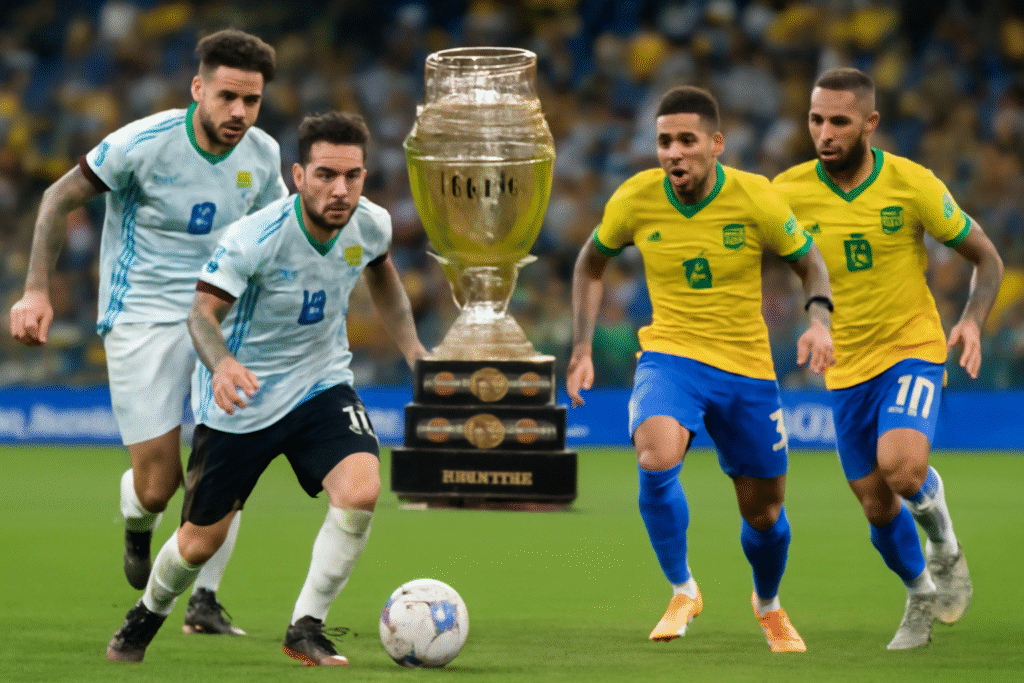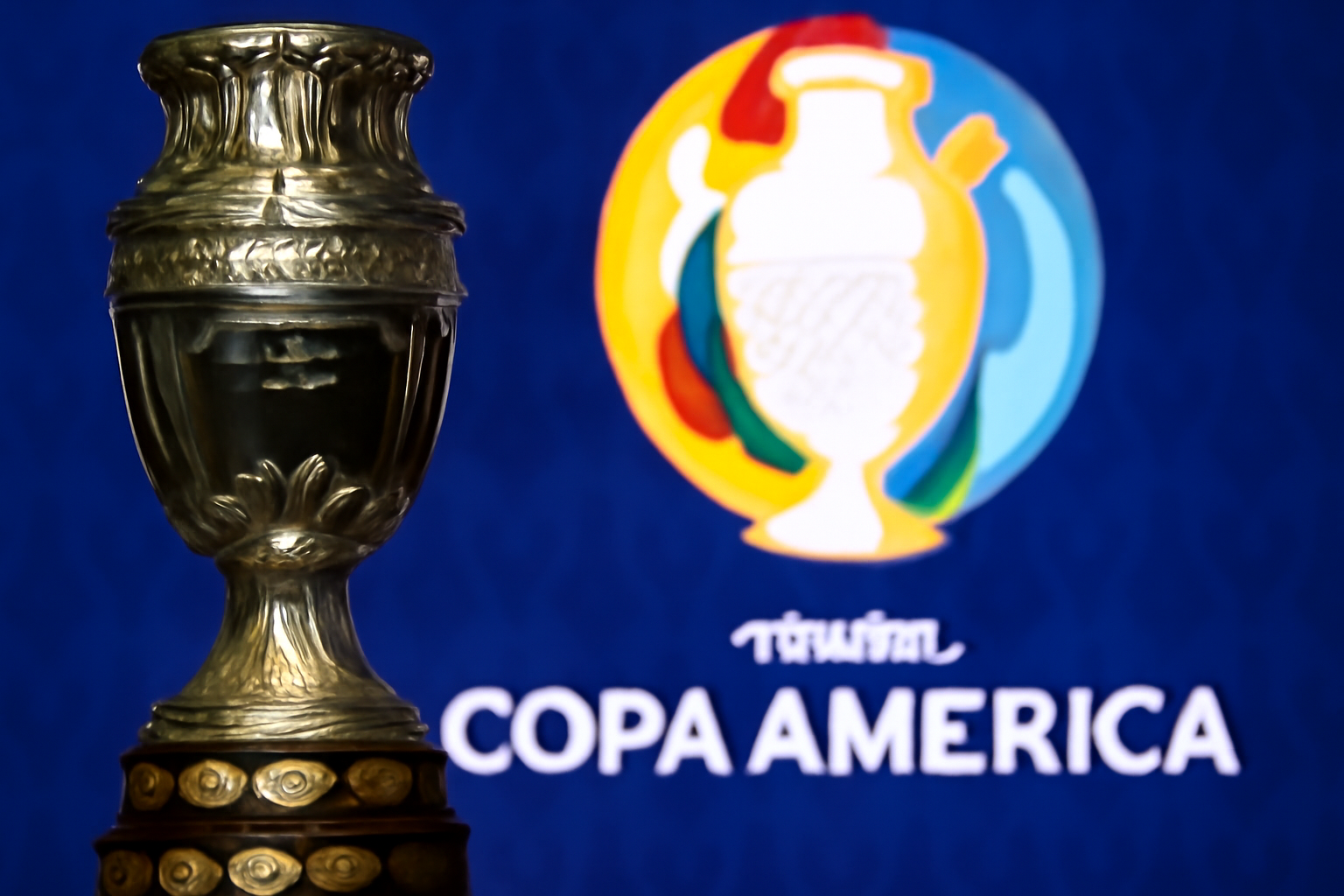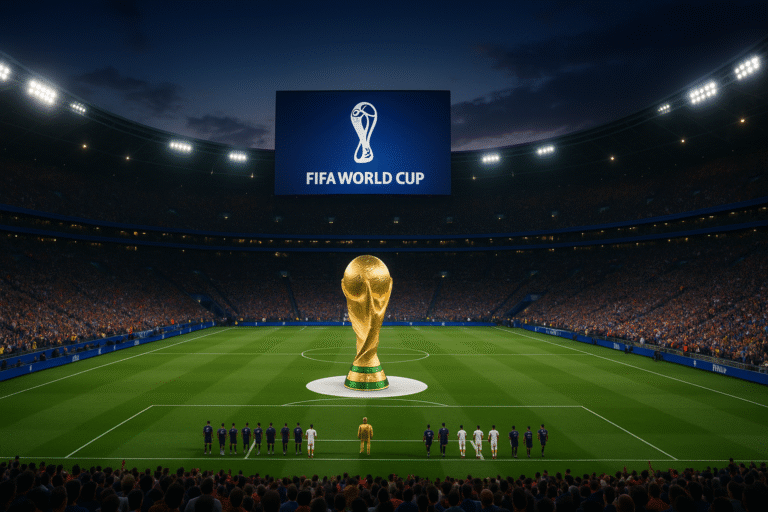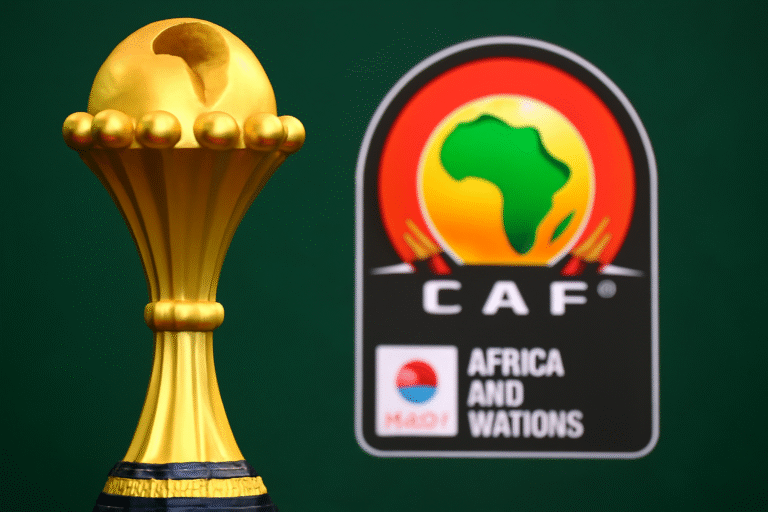Copa América: A Deep Dive into the History and Legacy of the Tournament
The Copa América is not just any football tournament it’s a true celebration of South America’s footballing prowess. As one of the oldest and most prestigious football competitions in the world, the Copa América stands as a testament to the passion, skill, and history of the beautiful game in South America. Whether you’re a casual football fan or a dedicated follower of the sport, understanding the Copa América’s impact, its history, and its significance is essential for appreciating football on a global scale.
What is Copa América?
The Copa América is the oldest international football competition in the world. Held by the South American Football Confederation (CONMEBOL), it features the national teams of South America competing for the title of continental champions. The tournament was first held in 1916, making it a cornerstone of international football competitions. It is considered by many as one of the most prestigious and competitive tournaments, with countries like Brazil, Argentina, and Uruguay being major contenders throughout its history.
While it started with just a few nations, the Copa América has evolved over time, with invitations extended to non-CONMEBOL teams to add more excitement and international flair. The competition’s format and structure have shifted over the years, but the core objective remains the same: to crown the best footballing nation in South America.

The History of Copa América
The first edition of the Copa América took place in 1916 in Argentina, where four countries participated: Argentina, Brazil, Chile, and Uruguay. This event set the stage for what would become a fiercely contested tournament. Over the years, the competition has grown in prestige, becoming an event that players and fans eagerly await.
- 1920s – 1940s:
This period saw Uruguay dominate, with the national team winning multiple titles, including the first World Cup in 1930. Argentina and Brazil began to rise in prominence during this time, setting the stage for intense rivalries. - 1950s – 1980s:
The Copa América experienced some changes in its structure, but the tournament continued to showcase thrilling matches and top-tier talent. Players like Pelé and Diego Maradona helped increase the global profile of South American football. - 1990s – Present Day:
In the modern era, the tournament expanded to include teams from outside South America, including countries from North America and Asia. This change, coupled with the increase in media coverage, turned the Copa América into a spectacle followed by millions worldwide.
Key Teams and Players in Copa América
Over the years, Argentina, Brazil, and Uruguay have dominated the tournament. However, the emergence of teams like Chile, Colombia, and Peru in recent years has made the competition even more exciting.
Argentina and Brazil: The Historic Rivals
The rivalry between Argentina and Brazil is one of the fiercest in international football. Both countries have a rich history in the Copa América, and their meetings are always a highlight of the competition. Brazil has won the tournament numerous times, with players like Pelé, Romário, and Neymar making significant contributions. Meanwhile, Argentina has also enjoyed success, with legendary players like Diego Maradona and Lionel Messi representing the nation with distinction.
Uruguay: The Pioneers of South American Football
Uruguay, as one of the founding nations of the Copa América, has a rich legacy in the competition. Despite being a smaller nation, Uruguay’s footballing history is incredibly strong, and they have multiple Copa América titles to their name. Players like Óscar Míguez and Luis Suárez have been integral in bringing Uruguay to the top of South American football.
The Format of the Copa América
The Copa América has undergone numerous changes in its format over the years. However, it generally consists of a round-robin group stage followed by knockout rounds. In recent years, CONMEBOL has invited teams outside South America to participate, such as Mexico and Japan, in order to increase the competition’s international appeal.
The structure typically consists of:
Group Stage:
Teams are divided into groups, where they play each other once. The top two teams from each group advance to the knockout stage.
Knockout Stage:
The knockout round consists of quarterfinals, semifinals, and finals. Matches are decided by single-elimination rules.
Final:
The winners of the semifinal matches face off in the final match, where the winner is crowned the Copa América champion.
Wanna explore much more related to Football, Golf, Cricket, and all popular sports?
Visit us today at sportsinfoo.online

Recent Copa América Tournaments and Champions
The most recent Copa América was held in 2019, with Brazil emerging as champions, defeating Peru 3-1 in the final. This victory marked Brazil’s ninth Copa América title, further solidifying their status as one of the top teams in the competition’s history. Chile, who won the 2015 and 2016 editions, were notably absent from the 2019 semifinals, showing how dynamic and unpredictable the tournament can be.
Why Copa América Matters
The Copa América holds significant cultural and sporting importance in South America. It provides a platform for the continent’s best players to showcase their skills and offers fans thrilling moments of football. The tournament has long been a springboard for some of the greatest players to achieve international fame. For fans, it’s a celebration of South America’s rich footballing tradition.
Moreover, the Copa América’s legacy is not limited to football alone. The competition is a source of national pride for the participating countries, and its matches are often seen as a reflection of the spirit and unity of each nation.
Final thoughts
In conclusion, Copa América is much more than just a football tournament. It’s a part of South America’s cultural identity and a major event in the global football calendar. Whether you’re a fan of Brazil, Argentina, Uruguay, or any other team, the excitement and passion of the Copa América are undeniable. The tournament continues to evolve, and we can only expect even more exciting moments in the years to come.
If you're interested in Badminton passion and power, explore now




